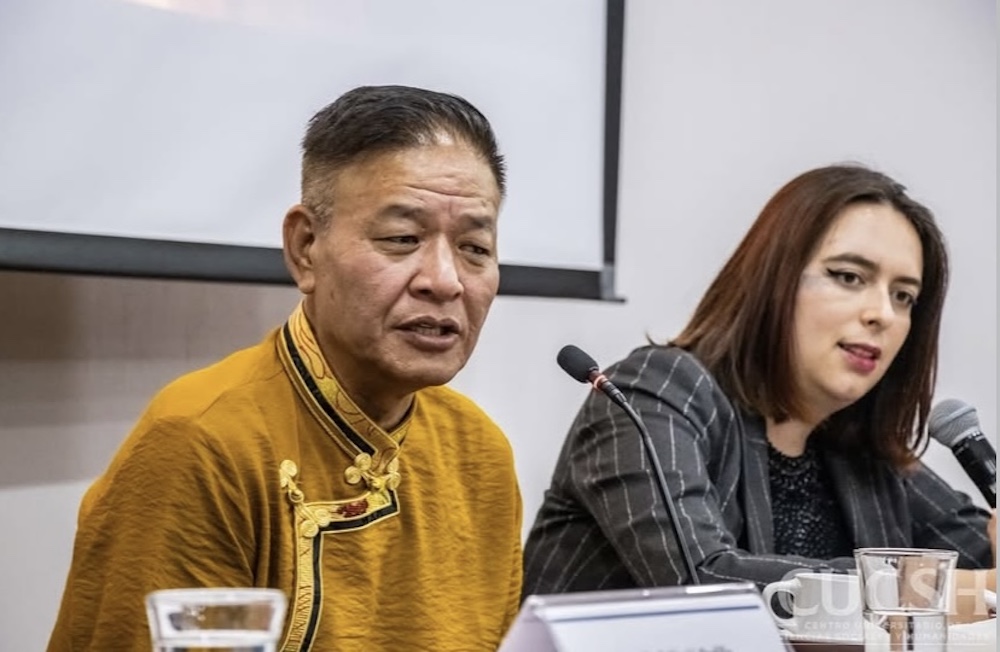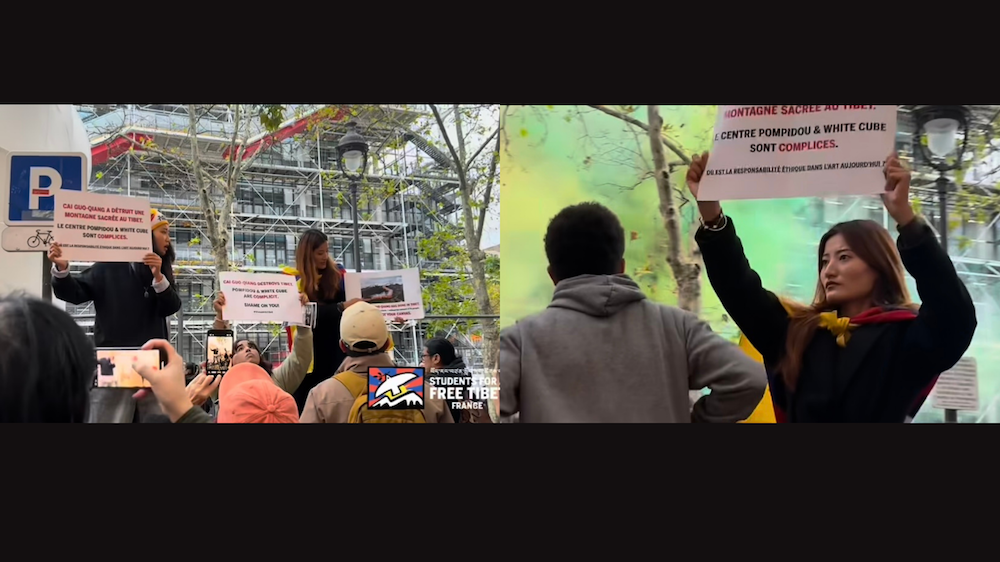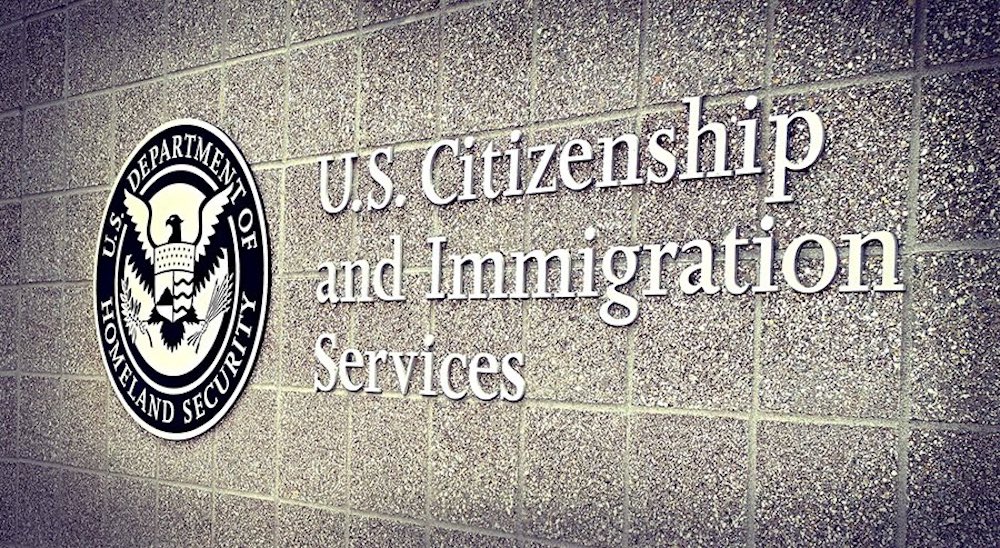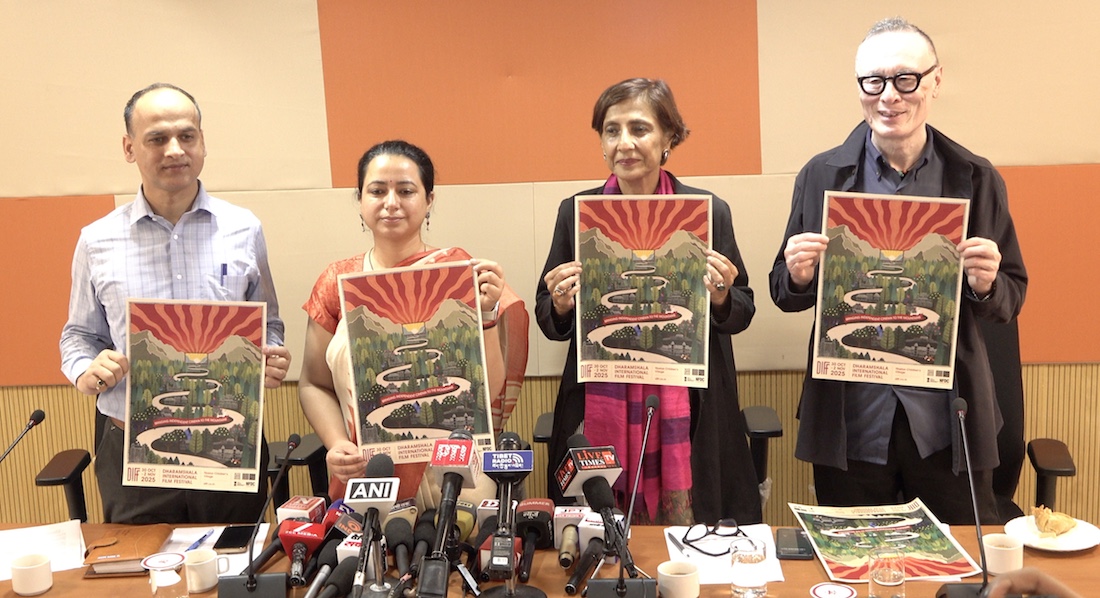With less than two weeks to go until the Dalai Lama visits Canada, Ottawa is still not saying whether the Tibetan leader will get a meeting with Prime Minister Paul Martin. It should say soon, and say yes.
The government is dragging its feet because it fears the anger of China, which opposes letting the Dalai Lama even come to Canada, let alone meet the Prime Minister. Beijing regards the Dalai Lama as a dangerous “splittist.” As the Chinese embassy in Ottawa put it recently, “He is now engaged in activities aimed at splitting China and undermining national unity.”
Ottawa should view these warnings for what they are: the fulminations of an insecure regime trying to cover up its shameful record of repression in Tibet. Since the Chinese takeover of Tibet in 1951 by the forces of Mao Zedong’s Communist China, Beijing has done everything in its power to suppress the religious and ethnic identity of the mountainous region.
The worst years came during China’s Cultural Revolution beginning in 1966, when Tibet’s Buddhist religion was outlawed, its monks were persecuted and hundreds of temples were levelled. More recently, China has practised a softer form of repression, flooding Tibet with hundreds of thousands of Chinese migrants in an obvious attempt at cultural assimilation. Living standards have risen as Chinese money has poured in, but Beijing keeps tight control of monasteries and all forms of religious expression.
Living in exile in India, his home since fleeing Tibet amid a nationalist uprising in 1959, the Dalai Lama travels the world to remind the international community of Tibet’s plight. Over the years, he has met dozens of foreign dignitaries. U.S. President George W. Bush saw him last year, and Bill Clinton in 1998. Britain’s Tony Blair met him in 1999, though the Prime Minister underlined that he was speaking to the Tibetan as spiritual, not political, leader. Moscow quashed a visit last year, fearing trouble with China, but the President of Peru and the Prime Minister of Denmark both found time for him.
The Dalai Lama is not a guerrilla or terrorist. As a Buddhist, he preaches a doctrine of strict non-violence, something Canada should surely applaud in these violent times.
Meeting with him need not mean endorsing separatism. The Dalai Lama himself has said he favours a “middle way” that would give extensive autonomy to his homeland but also accommodate China. Mr. Martin need only say that he is meeting the Dalai Lama to underline Canada’s hope for a peaceful resolution.
China wouldn’t like it. In its view, there’s nothing to resolve. It refuses to have anything to do with the Dalai Lama until he acknowledges that Tibet belongs to China. But then the prickly regime in Beijing doesn’t like any outside comment on its behaviour, however justified the comment may be. Mr. Martin can’t let that get in the way. According to the Tibet lobby, more than half the members of Parliament — 159 in all — have signed a letter calling on Mr. Martin to involve himself in starting a dialogue over Tibet.
Mr. Martin has been trying to persuade Canadians that his government is different from Jean Chrétien’s. One way is to take a firmer line on human rights in China. Under Mr. Chrétien, Ottawa tried to ingratiate itself with Beijing in hopes of winning business in China’s booming markets. Human rights took a back seat. Mr. Martin could signal a change by making it clear that, while Canada wants good relations with China, it will never mute its voice because of commercial concerns.
Mr. Martin should meet the Dalai Lama, and let Beijing sputter.









